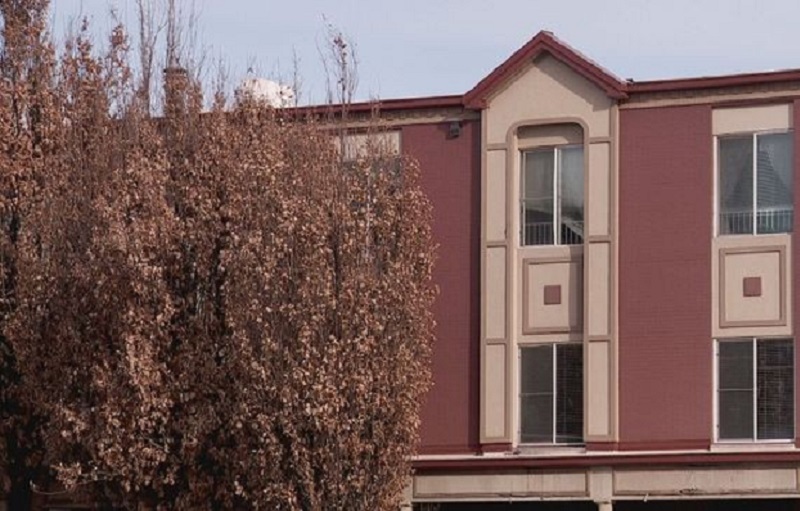Salt Lake, UTAH – Salt Lake City’s Palmer Court, a supportive housing facility designed to help individuals and families with a history of homelessness, is considering a major redesign and potential expansion. The facility, which was originally a hotel, provides 201 housing units and a range of support services. However, concerns over crime in the area have raised questions about the current state of the facility and its future growth.
The neighborhood surrounding Palmer Court has expressed worries about the volume of police calls originating from the campus. In response, local law enforcement has reported a decline in calls since 2023. Salt Lake City Police officials attribute the reduction to a strategy known as place-based problem-oriented policing, which focuses on addressing crime through collaboration with community partners and tailored solutions.
“We’ve seen a steady decline in the number of calls for service from Palmer Court since January 2023,” said Brent Weisberg, a spokesperson for the Salt Lake City Police Department. “We’ve been working closely with The Road Home, which operates Palmer Court, to help them implement security recommendations and take a holistic approach to crime prevention.”
The partnership between the police and The Road Home has involved not just law enforcement measures, but also bringing in community stakeholders who can contribute to long-term improvements. Michelle Flynn, executive director of The Road Home, acknowledged the challenges, emphasizing that safety and security remain a top priority for the organization.
“We’ve had tremendous success in helping individuals and families, but we’ve also faced challenges,” Flynn said. “Addressing safety concerns is something we’re constantly working on, and we are committed to continuing that effort.”
The proposed redesign of Palmer Court includes two phases. The first phase would see the construction of a new building with the same number of units, but with updated security features and modern amenities. The current structure, built in the 1960s, is expensive to maintain, and the new design would address these concerns while improving the living conditions for residents.
Phase two would expand the facility by adding additional affordable housing units to meet growing demand. Flynn hopes that the expansion will help the facility serve even more individuals and families in need of supportive housing.
“We’re really hopeful that this project will bring positive change for our residents and for the surrounding community,” Flynn said. “We understand the concerns of the neighborhood, and we’re working hard to address them while continuing to provide the resources our residents need.”
Local business owners in the area, like Randy Topham, who owns a salon next to Palmer Court, are cautiously supportive of the potential expansion. While Topham agrees with the mission of Palmer Court and its role in helping vulnerable individuals, he believes that any expansion must come with greater accountability and improvements in safety.
“I’m not against having this kind of resource in the area,” Topham said. “But there needs to be more done to ensure that the residents and the surrounding businesses are safe. We’ve had to spend additional money on security around our business, and it would be great to see the same level of investment in improving safety at Palmer Court.”
The next steps for the Palmer Court expansion include securing funding and engaging with neighbors to ensure the project aligns with the needs and concerns of the broader community. Construction on the first phase of the redesign could begin as early as 2026, pending approval and funding.
As the project moves forward, both supporters and critics agree that addressing safety, security, and accountability will be key to ensuring the success of the expansion and the continued support of Palmer Court’s mission.

